
Telehealth Newsletter
Official Newsletter of Tamil Nadu Chapter of Telemedicine Society of India
What is New?
April has been a quiet month for TSI and not much has happened except for the 2nd G20 health working committee meeting where India’s Digital Healthcare took the Centre Stage with appreciation from many international delegates about India’s technology adaptation during COVID the pandemic. We carry a report about the event.
Prof. Ganapathy writes about 5G and Healthcare and ChatGPT continues to be in the news. The new tools available now also makes you create your own Avatar – Learn how to make one!
Thank You
Dr. Sunil Shroff
Chief Editor
President – TN Chapter – TSI
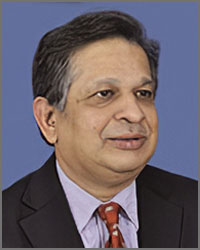
2nd G20 Health Working Group Meeting – India’s Digital Healthcare Takes Centre Stage
Dr. Sunil Shroff
President, Tamil Nadu Telemedicine Society of India | Consultant Urologist & Transplant Surgeon
The 2nd Health Working Group meeting under G20 India Presidency will be held during 17th – 19th April, 2023 in Goa. More than 180 delegates from 19 G20 member countries, 10 invited states and 22 International Organizations will be participating.
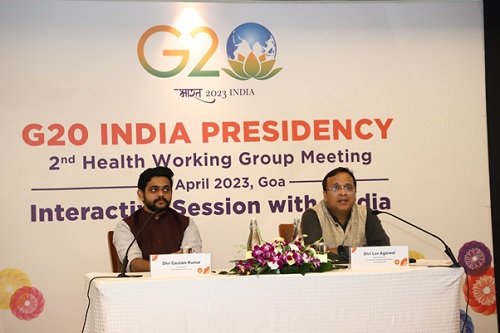
The 2nd HWG meeting will have thematic discussions on the following three priorities identified under the G20 Health Track:
Priority I: Health Emergencies Prevention, Preparedness and Response (with Focus on One Health & AMR):
Priority II: Strengthening Cooperation in Pharmaceutical Sector with focus on Access and Availability to safe, effective, quality and Affordable Medical Countermeasures (Vaccines, Therapeutics and Diagnostics).
Priority III: Digital Health Innovations and Solutions to Aid Universal Health Coverage and Improve Healthcare Service Delivery”
Luigi d’Aquino, UNICEF India’s health chief, stated that India has recognized digital health as a key priority and has gained significant expertise in creating and implementing digital health programs. He added that the COVID-19 pandemic has highlighted the potential of digital services in enhancing the availability, accessibility, and effectiveness of many healthcare programs.
Despite significant progress, d’Aquino acknowledged that the digital health space is continually evolving and that there are several challenges and opportunities that need to be explored and addressed. However, he noted that the evolving tools, vision, and strategies have made it easier for citizens to access digital health services.
Access Mr. Luigi d’Aquino speech on :
Several cultural programmes infused with flavours of Goan culture have been planned for the event to showcase India’s rich diversity and culture based on Indian philosophy of ‘Atithi Devo Bhava’. Delegates will also be able to experience Goa’s culinary culture, besides enjoying its scenic beauty and generous hospitality.
The Health Track of G20 India Presidency will comprise four Health Working Group (HWG) Meetings and one Health Ministerial Meeting (HMM). India plans to host four side events along with HWG meetings to enrich, supplement and support G20 discussions. A side event on Digital Health will be held on the side-lines of the 2nd meeting of HWG at Goa, 18th – 19th April 2023. The meetings will be held in different locations across the country. This aims to showcase India’s rich and diverse cultures.
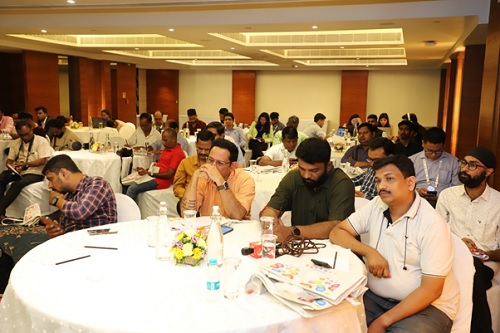
India assumed the presidency of the G20 on 1 December, 2022, marking a significant milestone. India is currently part of the G20 Troika comprising Indonesia, India and Brazil marking the first time that the troika is consisting of three developing and emerging economies.
One Earth, One Family, One Future – Vasudhaiva Kutumbakam
Hon’ble Prime Minister Shri Narendra Modi reiterated that G20 India Presidency will be inclusive, action-oriented and decisive. The theme unveiled by Hon’ble Prime Minister: ‘One Earth, One Family, One Future’, based on India’s philosophy of ‘Vasudhaiva Kutumbakam’, is a catchphrase for people across the world to collectively work towards building a healthier post- pandemic world.
As chair of the G20 Presidency, India aims to continue and consolidate health priorities and key takeaways from previous presidencies while highlighting critical areas that require strengthening. India also aims to achieve convergence in discussions across various multilateral fora engaged in health cooperation and work towards integrated action.
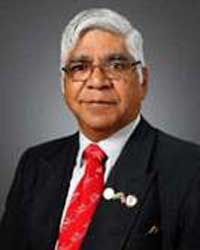
5G and Healthcare
Dr. K. Ganapathy
Director Apollo Telemedicine Networking Foundation, Apollo Tele Health Services | Distinguished Visiting Professor IIT Kanpur | Distinguished Professor The Tamilnadu Dr MGR Medical University | Emeritus Professor National Academy of Medical Sciences
5G is the fifth generation of wireless communication technology, promising faster data transfer speeds, lower latency (round trip latency >10 milliseconds), increased network capacity (1 million devices per sq km), 99.999% network reliability and battery life of up to 10 years for IoT devices. There is considerable hype in the media that deployment of 5G will revolutionize healthcare by enabling new medical applications and improving existing ones. Using Edge computing, 5G Data can be processed closer to where it is generated. IoMT devices generate huge amounts of data. Cloud computing can provide necessary infrastructure to process and analyze this data. Faster transmission of data will enable more efficient storage in the cloud. Accessing more bandwidth and computing resources, and providing infrastructure to enable scalability will now be less problematic.
No doubt clarity of images transmitted will be better and the immersive experience in video conferencing will be an all time high. Mammograms, CT, MRI, ultrasound images generate large amounts of data. High-speed transfer and processing will save a few minutes, Onboard cameras, camera-based Headgear, and ‘Body Cams’ for paramedics can transmit patient data to hospitals in real-time using ultra-fast and low latency 5G connected ambulances with medical equipment, patient monitoring applications and telemetry devices can ensure on site excellent pre hospital management. 5G can facilitate real-time control of medical robots, enabling precise and safe interventions in performing complex procedures. 5G enables faster and more efficient data transfer, facilitating clinical trials and drug development, as these require collection of large amounts of data from multiple sources.
The media loves dramatizing “telesurgery” – the use of 5G in enabling remote surgical procedures. The world’s first remote brain surgery using 5G was done in March 2019. Deep Brain Stimulation was done for a Parkinsonian patient, with the surgeon 3000 km away. In India there have been sporadic anecdotal reports of use of 5G in remote interventional procedures, The sceptic would wonder why the patient could not go to where the surgeon is located!!! In May 2021, the Thoracic Surgery Education Group enabled 200 thoracic surgeons to access a virtual environment (VE) wearing a head-mounted display (HMD). Discussions in real-time occurred while observing surgery in a VE. Moving the mouse, every corner of the Operation Theatre (OT) was visible to surgeons from different continents. 3D glasses enabled viewing of High Resolution 3D images. Pathologists can display microscopic images on the large screen of the OT. Surgeon would listen to pathologic findings in real-time & share opinions. 5G assisted Telementoring and telemonitoring is more important, doable and necessary than the media hyped “telesurgery”.
The healthcare “industry” as a whole is generally more conservative in jumping on to the bandwagon, in deploying future ready technology. Interoperability, portability, stakeholder customization, human factors (skills, resistance, distrust, cyber-attacks), legislation and regulations need to be factored in. The adoption of any new technology to a large extent depends on the RoI. Making a product cost effective in turn depends on scalability and mass deployment.
Now that the sales pitch is over, as an old fashioned clinician belonging to the BC era let me ask my favourite question dreaded by MNC’s worldwide SO WHAT? In a Utopia, a clinician, whose primary reason for existence, is to promote good health, postpone illness, reverse, reduce symptoms and signs, and significantly improve health outcome – needs the results of a good, well designed, prospective study where the primary question is “ Did 5G really make a difference? Such a study can be done in India – with global ramifications . The real world is different. If we do not use 5G we are in the Jurassic Park!! Time alone will tell if 5G needs to be an integral part of a hospital’s armamentarium.
Synopsis of invited Talk delivered on 13th April @ Bengaluru in the conference “Science for Scale” on the occasion of the 25th anniversary of IBM Research in India

Create an AI Avatar of Yourself!
Dr. Sunil Shroff
President, Tamil Nadu Telemedicine Society of India | Consultant Urologist & Transplant Surgeon
The boundaries between science fiction and reality are getting blurred. The idea of creating a virtual representation of yourself has long been a concept in science fiction, but with the advancements in AI technology, it has now become a reality. Being in multiple locations at once can now become a reality soon. The power of AI Art Generator Avatar allows you to design your own digital duplicate, creating a virtual being that looks, acts, and even sounds like you. You can either opt for a paid program or go the free route. Use AI programs like Synthesia or Lensa. There are plenty out there and you can experiment with a couple and select.
Step I – Capture your picture
Find the right image where you are looking straight at camera and your face is fully visible. Some platforms can ask more than one image from different angles
Step 2 – Record your voice
Use a AI software like Overdub or ReadLoud that can create a synthetic voice version of your voice, Depending on the software you may need to record 10 to 30 minutes of your voice.
Once this is done leave the program to generate your voice and this may take up to a day.
Once this is done you are ready to go
Step 3 – Merge your Image Avatar to the Voice
You can use D-ID a sophisticated AI tool that can be used to combine an image with a voice to create a realistic digital version video of you speaking.
Once you merge you are ready to go and make your Avatar to read out an article that you may have published or create a chatbot where you personally attend to your customers or make a virtual assistant to perform repetitive tasks. And this is only the start. As technology gets better the possibilities are endless.
Speaking about doppelgangers, it is generally believed that every person has seven look likes scattered across the globe. In fact on social media there was a “Twin Strangers” project to find doppelgangers. With advents of self -Avatars there will be soon even more!.
Did you know that the term Avatar which is so popular comes from Sanskrit: अवतार. It is a concept within Hinduism that in Sanskrit literally means “descent”. It signifies the material appearance or incarnation of a powerful deity, goddess or spirit on Earth. Maybe in the future AI Avatar could be created to save this world!!
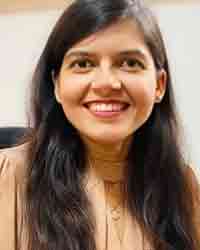
Implementation of innovation in healthcare
Khushboo Verma
CEO of vCare Denmark
I am a subject matter expert and entrepreneur from Denmark and recently spoke in TSI’s webinar about implementation of innovation in healthcare.
Bringing any change in healthcare needs great deal of change management. It must be done keeping people, processes, and technology into account.
The lecture was focused on innovation implementation framework which is developed by vCare Denmark using decades of experience with small and large-scale healthcare projects in USA, UK, Finland, Canada and Denmark.
I will be traveling as part of a Danish delegation to India with support from and accompanied by foreign ministry of Denmark. The delegation would be focused on finding co-operations and partnership in relation to vCare Denmark’s project in India. vCare Denmark is coming with a platform to strengthen hospitals, clinics and telemedicine service providers in India and make them interoperable.
The recording of the lecture is available on YouTube link: https://youtube.com/live/WUhnBz56IoM
Making News – TSI Senior Members
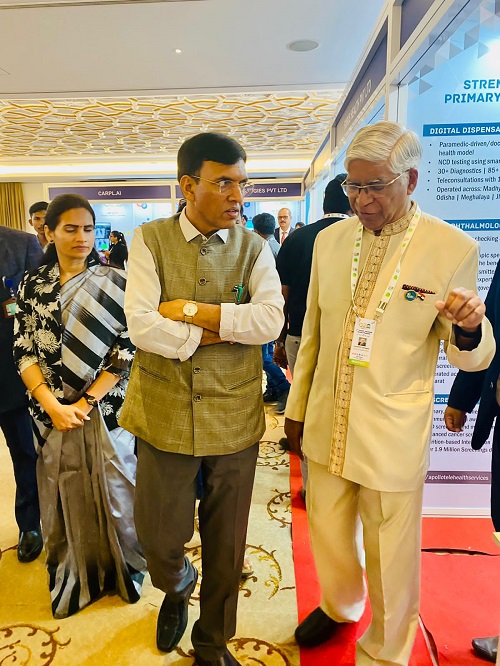
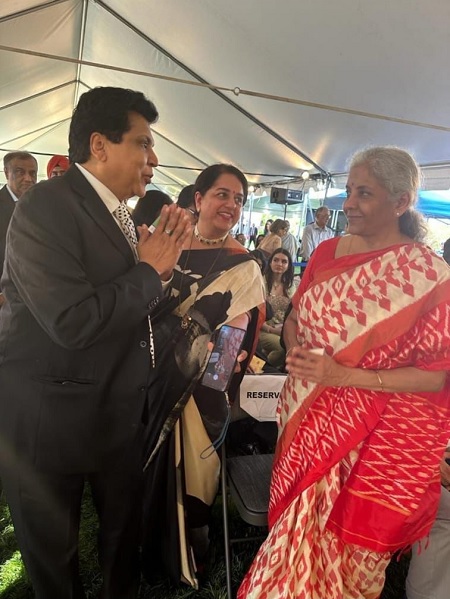
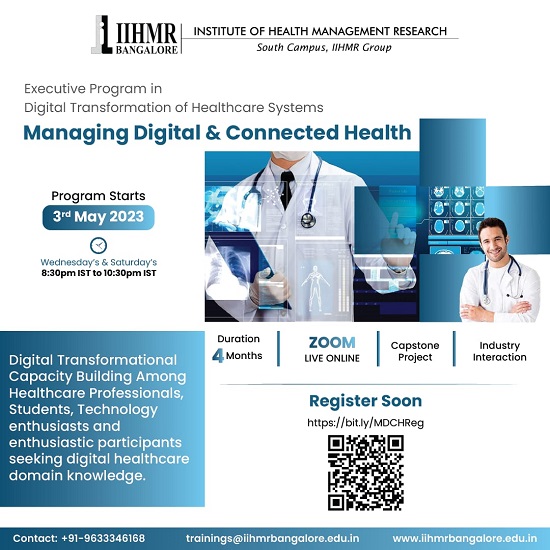
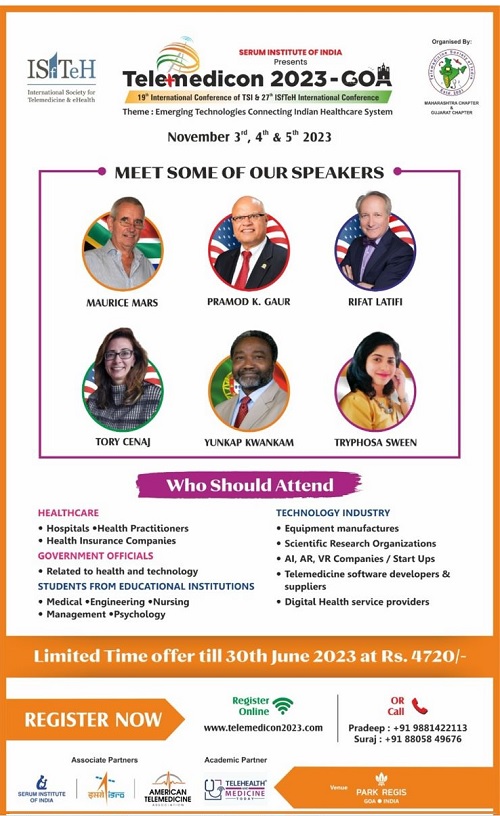
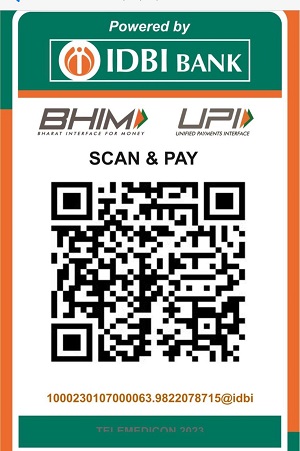
Telemedicine – News from India & Abroad
Telemedicine and RPM markets will continue to expand in coming years
The market for telemedicine and remote patient monitoring (RPM) has been rapidly expanding, driven by the COVID-19 pandemic and the need for remote healthcare delivery…. Readmore
Smartwatch Offers Reliable Insight into Parkinson’s Disease Treatment
Digital devices are more sensitive than clinician-dependent rating scales in identifying potential digital measures to assess new treatments for Parkinson’s disease, according to a new study ….Readmore
How Does Computer-Assisted Procedure Classify Ataxia-Related Speech Disturbances?
The newly developed artificial intelligence method identifies the severity of speech disturbances linked to ataxia. Ataxia is a condition where a person lacks coordination during voluntary movement…Reademore
Predicting Alzheimer’s Disease Risk Score Using Artificial Intelligence (AI)
Incorporating genetic risk scores, non-genetic information, and electronic health record data in machine learning models for nearly half a million individuals can rank the risk factors based on their association with the development of Alzheimer’s disease….Readmore
Telemedicine Practice Guidelines – A Foundation Course for RMPs by TSI Faculty
To know more about the Telemedicine Foundation Course click on the link below:
https://tsitn.org/tpg-course/
TN – TSI invites all the TSI Chapters and Members to submit information on their upcoming Webinar or Events (50 words), News related to Telemedicine (200 words) or short articles (500 words) for the monthly e-newsletter.Guidelines for submission to TN TSI Newsletter-
- Report can be from 500 to 600 words
- Report Should be relevant to Telemedicine or Medical Informatics
- No promotion of self or any product
- Avoid plagiarism
- All references should be included
- Provide any attributions
- Visuals are welcome including video links
- Send full authors name, degrees, affiliations along with a passport sized photograph of good resolution. If multiple authors only main author photo to be sent.
Submission may be sent to – tsigrouptn@gmail.com
Editors reserve the rights for accepting and publishing any submitted material.
Editor in Chief – Dr. Sunil Shroff
Editors – Dr. Senthil Tamilarasan & Dr. Sheila John
Technical Partner- https://www.medindia.net

